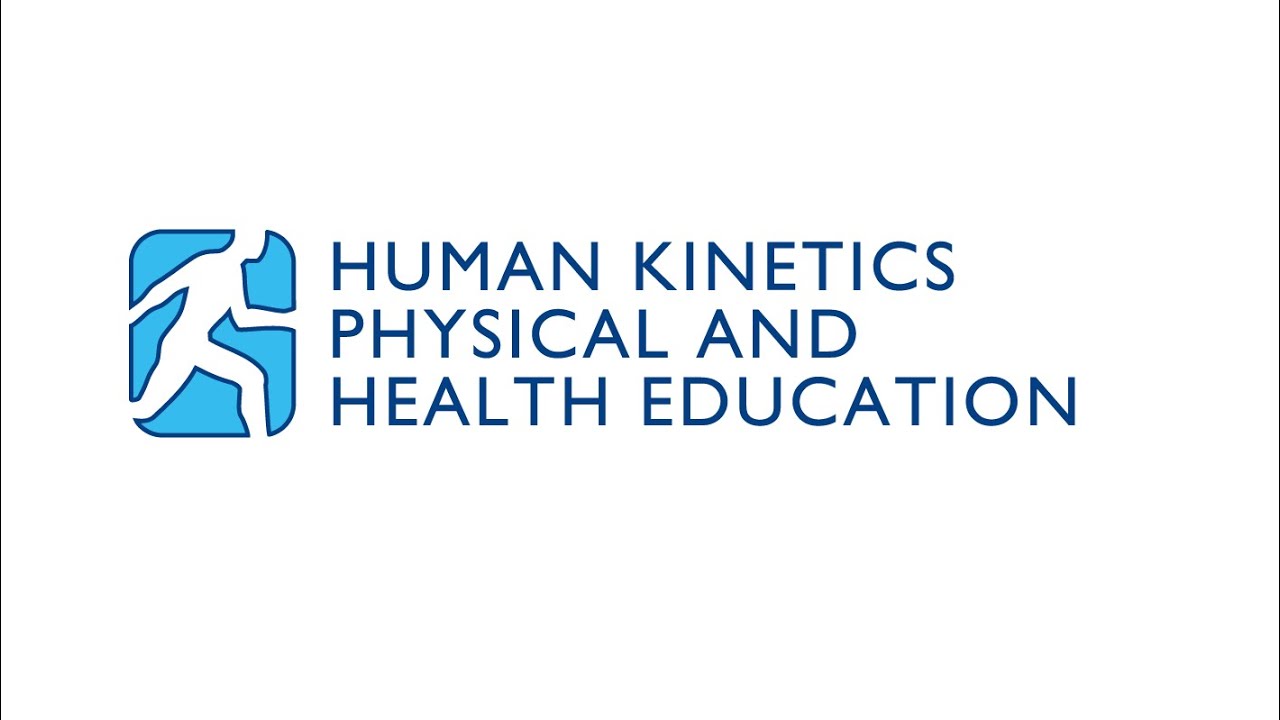Unlocking the Power of Movement: A Parent’s Guide to Kinetics Education for Kids
Welcome, wonderful parents! Are you ready to hop, skip, and jump into the incredible realm of kinetics education? It’s a world where movement is magic and where your little ones learn, grow, and thrive through active play. Here’s a friendly guide to help you navigate this high-energy educational path!
What is Kinetics Education?
First things first, let’s get active with some knowledge! Kinetics education is a field of learning where physical movement is the core element. It combines the essence of physical education with academic concepts, promoting a holistic approach to child development. It encourages children to explore, experiment, and express themselves in motion!
Why Kinetics Education is Essential for Your Child
Now, you might be wondering, “Why should my child bounce around the room while learning?” Great question! Here’s the lowdown:
- Boosts Brain Power: When kids are physically active, their brains get a workout too! Increased blood flow to the brain enhances cognitive function, memory, and attention span. Perfect for solving those tricky math problems!
- Improves Motor Skills: Kinetics education is like a playground for developing fine and gross motor skills. As kids twirl, jump, and balance, they’re also fine-tuning their dexterity and coordination.
- Encourages Healthy Habits: Incorporating movement into learning sets the stage for a lifetime of loving physical activity and understanding the importance of a healthy lifestyle.
How to Integrate Kinetics Education at Home
Feeling playful? Great! Let’s turn that living room into a kinetic classroom! Here are some fabulous ways to make education a dynamic experience for your little ones:
- Dance to the Alphabet: Who says you have to sit still to recite the ABCs? Put on some tunes and boogie to the beat while singing the alphabet. You’ll be amazed at how quickly they learn their letters!
- Story Time Squats: For every new page in a bedtime story, do a squat or a fun pose. Not only does it make reading an adventure, but it’s good exercise too!
- Scavenger Hunt Numbers: Hide numbers around the house or yard and have your child run around to find them. Once they do, you can ask them to add, subtract, or identify shapes and objects associated with the number. Ready, set, learn!
Whether it’s swaying to syllables or leaping to learn geography, it’s all about making learning a hands-on, feet-on, total-body experience. Remember, every child learns differently, and kinetics education provides a wonderful alternative to desk-bound study, particularly for those with bundles of energy or learning styles that thrive on movement.
Are you feeling the rhythm? Great! But pump the brakes for a moment because we’re just getting warmed up. In the next part of our kinetic education adventure, we’ll explore how to create a conducive learning environment, offer actionable strategies tailored to various ages, and highlight the benefits of technology in kinetic learning. Stay tuned for more tips to keep your child engaged, enthusiastic, and ever-growing through the art and science of movement!
Learning through movement is not only about academics; it’s about fostering a love for exploration and activity, which can lead to a happier and healthier childhood. So, ready to embrace kinetics education? Let’s jump in and make a difference that truly moves our kids!

Five Things Parents Should Know in Preparing for Kinetics Education
1. Understand Your Child’s Learning Style
Every child is wonderfully unique, and their learning style is no exception. Some kids are tactile learners who benefit greatly from physical activity linked to learning concepts. Others might be visual or auditory learners. Kinetics education often benefits all types by integrating various stimuli. Know your child, be observant, and tailor their kinetic activities to suit their preferred ways of learning.
2. Start with Simple Activities
Jumping straight into complicated kinetics-based learning activities can be overwhelming. Start small with simple tasks, like hopping while counting or using hand gestures to reinforce language learning. As your child grows more comfortable with the concept, you can introduce more sophisticated movements and tasks.
3. Safety First
When transforming your home into an active learning environment, safety should be your top priority. Ensure you have a clutter-free space to minimize the risk of accidents. Also, consider proper footwear to prevent slips and adequate hydration, especially during vigorous activities.
4. Make It a Routine
Consistency is key when integrating kinetics education into your child’s life. Setting aside specific times during the day for movement-based learning can help your child get into the habit of active study. This routine doesn’t need to be lengthy; even short bursts of kinetic activity can be incredibly beneficial.
5. Use Technology Wisely
Incorporating technology can enhance the kinetics learning experience. There are numerous apps and games designed to encourage movement while learning. Smart devices can be used to play educational songs for dance routines or to show videos modeling physical exercises that pair with academic lessons. However, balance is essential. Ensure that technology is a tool for enhancing physical activity, not replacing it.
Creating a Conducive Kinetic Learning Environment
To nurture a kinetic-friendly learning space, be creative. Remove unnecessary furniture to clear space, decorate with bright, stimulating colors, and maybe even dedicate a corner with educational posters that encourage movement (like a yoga pose chart). Equip your space with mats for floor exercises, and small, safe obstacles for obstacle courses that can teach problem-solving and physical agility.
Actionable Strategies Tailored to Various Ages
Different age groups require different kinetic strategies. For toddlers, simple games like ‘Simon Says’ can incorporate learning colors, body parts, and following instructions. School-aged children might enjoy role-playing historical figures or simulating scientific processes through dance and movement. Older kids can handle more structured activities, like debate prep while doing wall sits, for example, which teaches them endurance in both physical and mental spheres.
Benefits of Technology in Kinetic Learning
Technology can offer virtual dance parties, online yoga classes for kids, or interactive games that require physical movement to progress. Use screen time to your advantage by selecting programs that get your child up and involved or utilize virtual reality systems that require physical movement as part of the gaming experience.
By embracing the principles of kinetics education, you’re offering your child an enriching and exciting approach to learning that can potentially transform their academic journey and overall well-being. Kinetic activities not only stimulate the brain but also build confidence, improve health, and enhance social skills by encouraging children to take turns, share and work in teams.
So, my dear parents, as you embark on this kinetic education journey with your child, remember to be patient, stay positive, and have loads of fun. Movement isn’t just about flexing muscles; it’s about nurturing nimble minds and joyful hearts.
For more great articles please see here. For more information see here
Disclaimer
The articles available via our website provide general information only and we strongly urge readers to exercise caution and conduct their own thorough research and fact-checking. The information presented should not be taken as absolute truth, and, to the maximum extent permitted by law, we will not be held liable for any inaccuracies or errors in the content. It is essential for individuals to independently verify and validate the information before making any decisions or taking any actions based on the articles.




